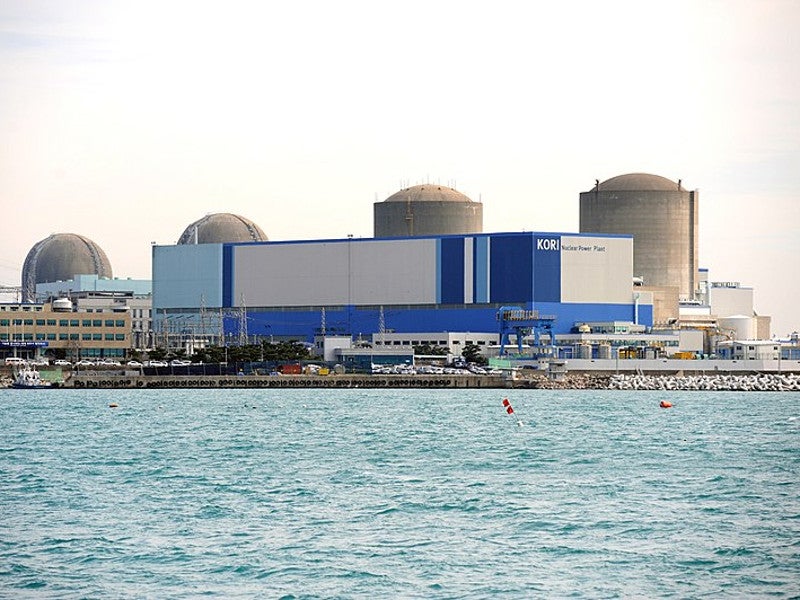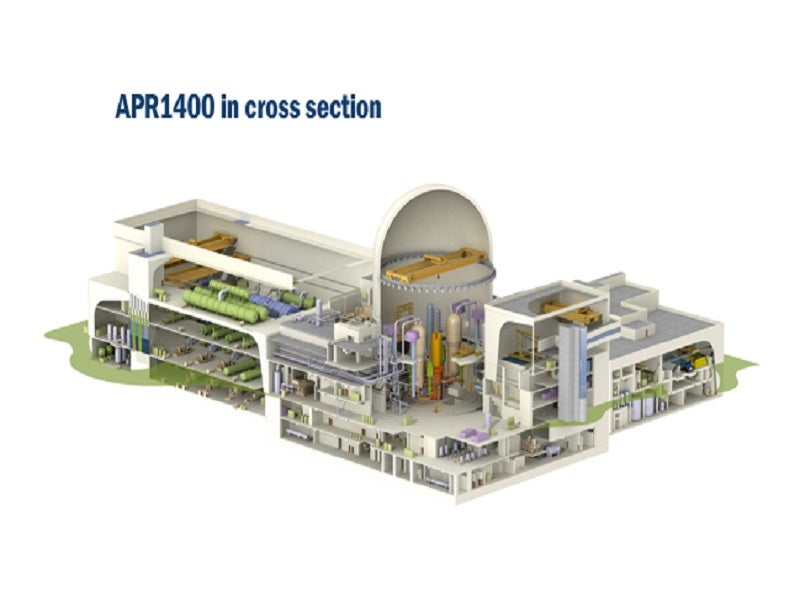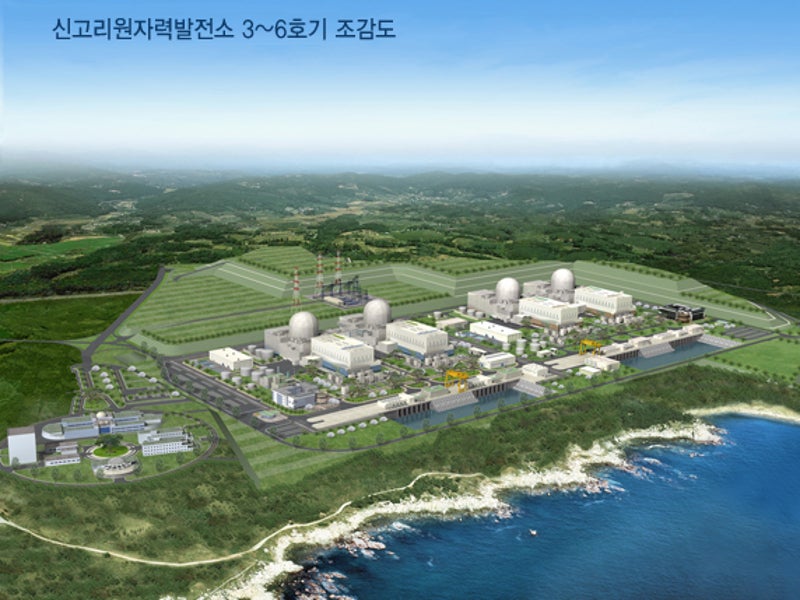Shin Kori nuclear power plant in Gori, Busan, South Korea, is being expanded with the addition of two new units, each with a capacity of 1400MW.
Korea Hydro & Nuclear Power (KHNP) owns and operates the nuclear power plant. The company applied for a permit to construct two new reactors, units five and six (Shin-Kori 5 and Shin-Kori 6), at Ulju-gun, Ulsan, in September 2012. The Nuclear Safety and Security Commission (NSSC) approved the application in January 2014.
The construction of Shin-Kori 5 started in April 2017, while that of Shin-Kori 6 began in September 2018. The two reactors are expected to enter commercial operation in March 2021 and March 2022 respectively.
KEPCO and KHNP submitted an application with the US Nuclear Regulatory Commission (NRC) for standard design certification of the reactor in September 2013. Valid for a period of 15 years, the approval was awarded in September 2018.
Shin Kori nuclear power plant expansion details
The Shin Kori units five and six will be equipped with Korea Electric Power Corporation’s (KEPCO) APR1400, a 4,000MWt pressurised light water reactor. The APR1400 is a next-generation nuclear power plant with a design lifetime of 60 years. The standard design of the reactor is built to withstand earthquakes up to the safe shutdown earthquake (SSE) of 0.3g.
The auxiliary building is designed with quadrant layout method to protect the structures from external shocks such as earthquake, fire and flood.
APR1400 nuclear reactor details
The APR1400 reactor core will generate 3,987MW of thermal power with an average volumetric power density of 100.9W/cm3. The nuclear reactor core measures 381cm in height and 365cm in diameter. It includes 241 fuel assemblies with fuel rods. Fuelled by uranium dioxide (UO₂) pellets, the reactor core features 93 control element assemblies. The operating cycle of the reactor core is estimated to be 18 months.
The 1,463cm-tall reactor pressure vessel is fabricated from ring-forged shells and is designed to withstand high pressure, radiation and temperature. The wall of the cylindrical shell of the vessel has a minimum thickness of 23cm, while the inner diameter is 462.92cm.
The containment building measures 76.4m-high and is designed as a pre-stressed cylindrical concrete structure with a steel liner. The design also includes auxiliary, compound and turbine buildings. The single-stage, centrifugal coolant pump of the reactor will operate at the speed of 1,190rpm.
The reactor features six-flow tandem compound turbines with 52in last-stage blades and a turbine speed of 1,800rpm. The vertical U-tube steam generator with integral economiser operates at a primary operating pressure of 158.2kg/cm² with a maximum moisture content of 0.25%.
Shin Kori nuclear power plant background
The Kori Nuclear Power Complex contains seven operational nuclear reactors. The first four units are designated as Kori 1, Kori 2, Kori 3 and Kori 4. The ageing 576MW Kori 1 unit, which started operations in April 1978, was the first Korean nuclear power plant. It was decommissioned due to safety concerns in June 2017.
The Kori 2 unit has a capacity of 650MW, while Kori 3 and Kori 4 units have a capacity of 950MW each. The three reactors and the 1,000MW fourth and fifth operational units (Shin Kori 1 and 2) are located in Gijang-gun, Busan. Shin Kori 3 and 4 are the first nuclear power plants to use the APR1400 reactor.
The sixth and seventh units (Shin Kori 3 and 4) of the Shin Kori nuclear power plant are located in Ulju-gun, Ulsan, and have a capacity of 1400MW each. The two units were commissioned into service in 2016 and 2019 respectively.
Contractors involved in the plant expansion
A consortium of Samsung C&T, Doosan, and Hanhwa Construction received a $1bn contract for the construction of the Shin Kori units five and six in 2015.
Russian nuclear energy firm Rosatom’s subsidiary RASU entered an agreement with Doosan to cooperate on the supply of automated radiation monitoring systems (ARMS) and ion flux sensors for South Korean nuclear power plants, including Shin-Kori 5 and Shin-Kori 6.






